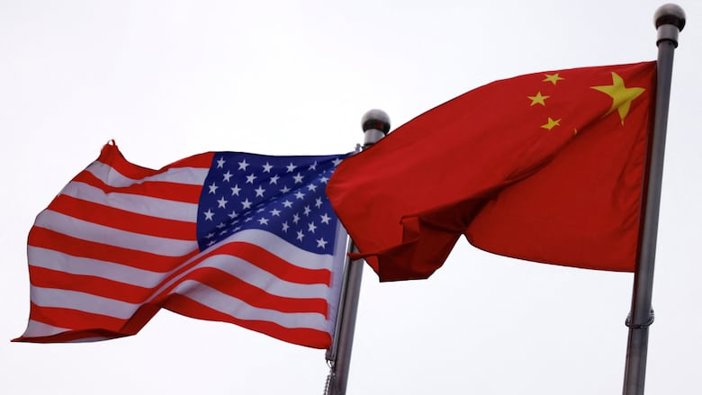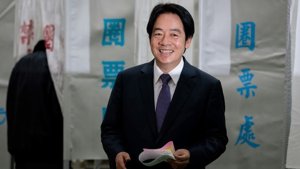
Trump Hits China with 104% Tariffs
United States President Donald Trump has enacted sweeping tariffs against China, imposing a cumulative rate of 104% on Chinese goods as of 12:01 a.m. ET. The move is part of a broader strategy targeting around 60 nations deemed by the Trump administration as the “worst offenders” in global trade. While other countries now face a baseline 10% duty, China was hit with the highest rate due to what Trump labeled unfair trade practices.
Trump justified the measure by accusing China of intellectual property theft and currency manipulation. “They’re manipulating their currency today as an offset against the tariffs,” Trump said. “You’re not supposed to do that, the game is not supposed to be played that way.” He also criticized non-monetary trade barriers, calling them “even worse than tariffs,” and cited China as a primary violator.
Despite escalating tensions, Trump claimed that China wants to make a deal “badly” but doesn’t know how to initiate the talks. “We’re waiting for their call. It will happen!” he posted on Truth Social. He added that South Korea is also actively engaging, stating that Seoul’s “top team is on a plane heading to the US” after his recent call with acting South Korean President Han Duck-soo.
Beijing has shown no sign of backing down. In response to the new tariffs, the Chinese State Council Information Office released a white paper condemning the US’s actions as “unilateral” and “bullying.” The document argued that the tariff hikes will harm US interests and those of others, and insisted that any resolution must be based on mutual respect and equality. China warned that it will continue to take necessary countermeasures to protect its interests.
Meanwhile, several Chinese state-owned investment firms announced plans to increase share investments to stabilize domestic markets rattled by growing recession fears. These financial efforts signal Beijing’s intent to offset the impact of the trade war economically as well as diplomatically.
President Trump, while noting his previous “good relationship” with Chinese President Xi Jinping, suggested that the COVID-19 pandemic marked a breaking point. “That was the bridge too far,” he said, adding, “I love our country… those days are over,” referring to past US support for international economic development.
The developments mark a dramatic escalation in US-China economic relations, with both sides signaling they are prepared for a prolonged conflict. While Trump remains optimistic about a future deal, the rhetoric and actions from both Washington and Beijing suggest that a resolution remains distant.






